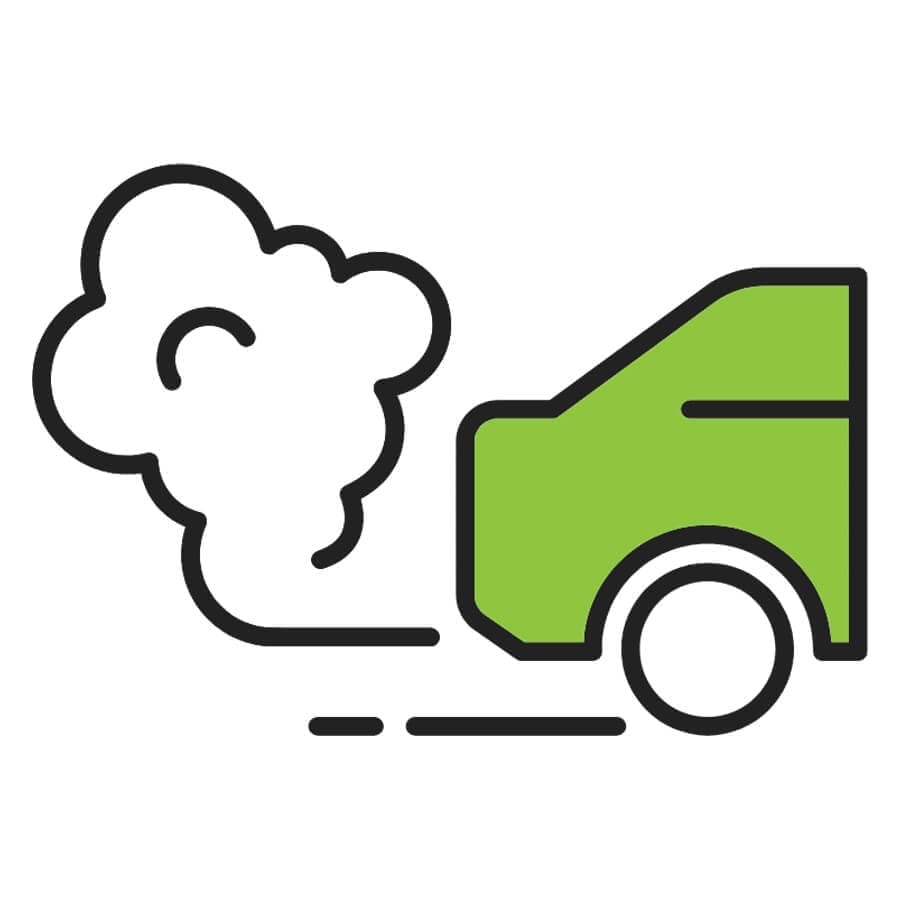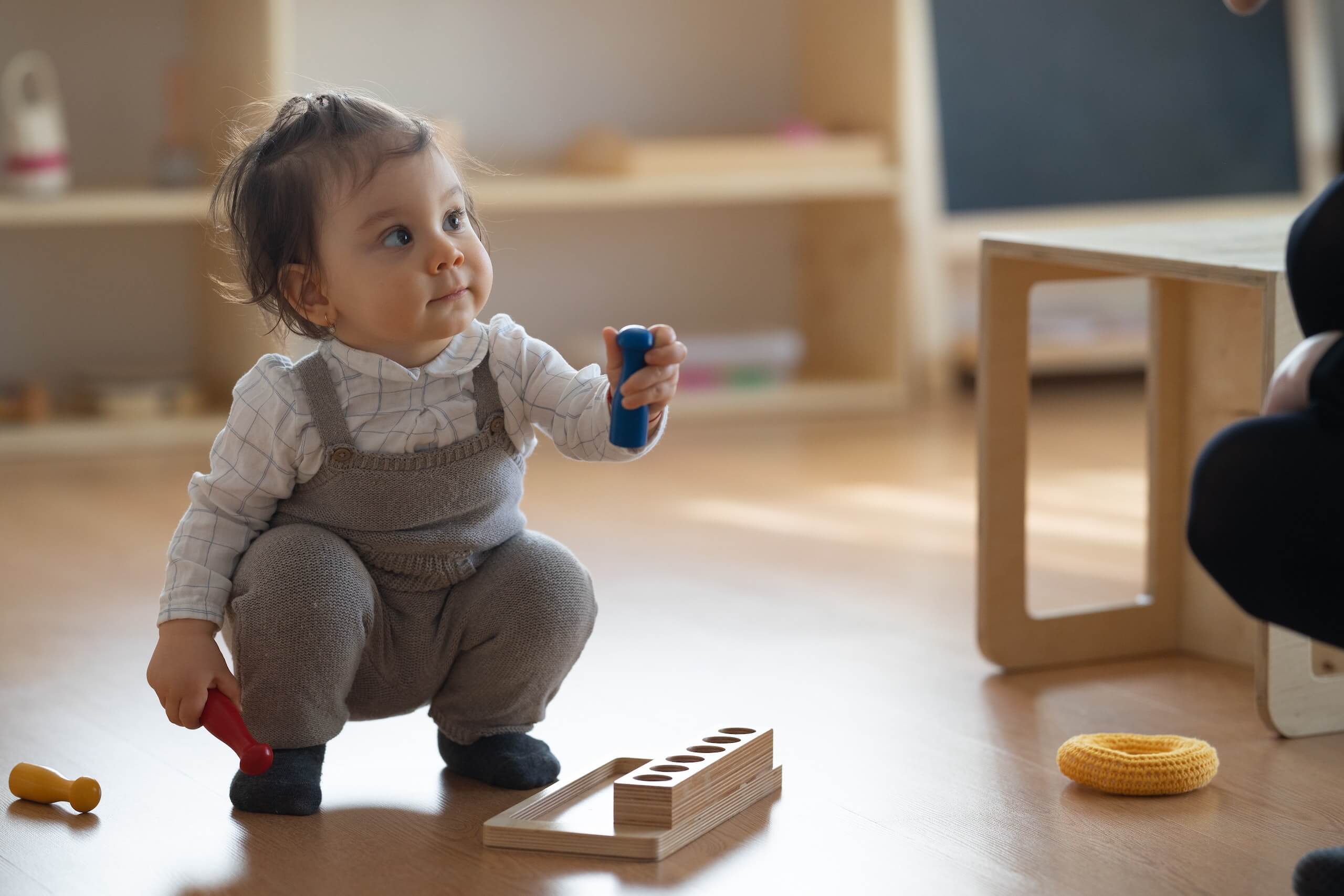More than likely, you know about the dangers of lead poisoning. You might even know that lead is dangerous because it affects so many aspects of the human body. But you might not know about National Lead Poisoning Prevention Week (NLPPW) or what lead poisoning has to do with air quality.
The Centers for Disease Control, Environmental Protection Agency and Department of Housing and Urban Development established NLPPW in order to raise awareness about and reduce childhood lead exposure. According to the World Health Organization, “children absorb 4 to 5 times as much ingested lead as adults from a given source.” Similarly, a UNICEF report determined roughly 1 in 3 children have lead poisoning. All of this helps to explain why so many children are robbed of their healthy youth due to an entirely preventable cause.
What Is Lead?
Lead is an element found in the earth’s crust in small quantities. It is a highly durable metal that is toxic to humans and animals. Lead is found in the air, soil and water. When in the air, lead is able to travel long distances before settling. In other words, you never know where you might find lead!
Common Sources of Lead Pollution
In previous years, the automotive sector produced the majority of lead pollution in the U.S. Leaded gasoline-fueled cars emitted tremendous lead exhaust emissions. Today, lead pollution mainly comes from soils, incinerators, lead-acid batteries, recycling, mining, smelting, leaded aviation fuel, contaminated paint and various other industrial sources.
Efforts To Eliminate Lead Pollution
Over the years, Congress has passed numerous laws administered by the EPA to protect the nation from lead poisoning. As a result, lead pollution decreased by 98% between 1980 and 2014. The following is a timeline of notable lead-related acts from the last five decades.
- Residential Lead-Based Paint Hazard Reduction Act (1992)
- Comprehensive Environmental Response, Compensation and Liability Act (1980)
- Toxic Substances Control Act (1976)
- Resource Conservation and Recovery Act (1976)
- Safe Drinking Water Act (1974)
- Clean Water Act (1972)
 Industrial Pollution: Another significant outdoor air pollution source is industrial emissions. Your home’s proximity to power plants and other industrial sources affects your space’s IAQ. Learn more →
Industrial Pollution: Another significant outdoor air pollution source is industrial emissions. Your home’s proximity to power plants and other industrial sources affects your space’s IAQ. Learn more →What Are the Health Effects of Lead Poisoning?
Lead poisoning can occur through inhalation or ingestion. Once lead enters the body, it travels through the bloodstream and accumulates in the bones. Lead adversely affects the nervous system, reproductive system, cardiovascular system, nervous system and various other bodily functions. It also impacts the bloodstream’s ability to carry oxygen throughout the body. Because you can inhale lead particles, lead poisoning is an air quality issue.
Lead Poisoning in Children
Unfortunately, the health effects children experience due to lead poisoning are often irreversible. Children may experience learning and behavioral issues, difficulty speaking and hearing, anemia as well as liver, kidney and brain damage. An already vulnerable population group, children are extremely susceptible to adverse health effects from lead poisoning.
Lead Poisoning in Pregnant Women
A pregnant woman that is exposed to lead may unintentionally poison the baby when her blood travels through the placenta and enters the baby’s bloodstream. Pregnant women have an increased risk of miscarriage and premature birth after lead exposure. And, the baby may experience developmental effects.
Lead Poisoning in Adults
Adults with lead poisoning may experience reproductive, digestive and neurological issues. Other effects include muscle and joint pain, renal disease and failure, hypertension and cancer.
Acute vs. Chronic Lead Poisoning
The symptoms of acute lead poisoning and chronic lead poisoning are not similar, but both must be monitored carefully.
Acute symptoms include:
- Coma
- Fatigue
- Nausea
- Vomiting
- Seizures
- Headache
Chronic symptoms include:
- Irritability
- Loss of appetite
- Poor coordination
- Shortened attention span
- Heart rate variability
Lead Poisoning and Air Quality
How does lead pollution impact air quality? Lead-saturated air, whether indoors or outdoors, is toxic to the humans and animals that breathe it in. The effect of lead on air quality and human health is comparable to that of particulate matter and ground-level ozone. Lead pollution worsens air pollution.
Indoors, lead poisoning often occurs due to high concentrations of airborne lead particles. These inhalable toxic contaminants are caused by improper lead paint removal, certain indoor activities and nearby outdoor sources that spread lead dust and contaminated soil. While lead paint is the most common concern, good indoor air quality is necessary to protect against all forms of airborne lead poisoning.
Is Lead Poisoning Preventable?
Lead poisoning is completely preventable! There are several steps that you can take to keep your family safe.
Mindful Renovations
If your home was built before 1978, perform renovations with caution and awareness. If lead paint is in poor condition, hire a professional that specializes in lead paint removal. However, if lead paint is in good condition, leave it alone and regularly inspect it for signs of degradation. Separate remodeling areas from living areas with plastic sheeting. Children and pregnant women should not be present during renovations nor should they have access to areas under construction.
Extra Precautions for Children
Have children wash their hands frequently, particularly before they eat and after they play outdoors. Limit play in outdoor soil. Instead, provide them with a grassy area or sandbox that remains covered when not in use. Wash their toys regularly. And, have them remove their shoes before they enter the house.
Other Tips and Tricks
- When dusting, use a damp cloth, mop or similar item to clean surfaces.
- Remove shoes before entering the house to avoid tracking in soil and pollutants.
- Make sure tap water is filtered.
- Avoid using imported pottery and dishware to store food.
- Review the EPA’s Lead Poisoning Home Checklist.
Preventing Lead Pollution
Lead poisoning is preventable. And NLPPW is all about creating a lead-free future for kids. Practicing good hygiene, monitoring the environments that children and pregnant women are exposed to and understanding the signs of acute and chronic lead poisoning are excellent starting points.
However, there is more to be done. There is no known safe blood level lead concentration. You may want to consider attending city council meetings to voice your concerns about local lead regulations. It’s useful to double down on policies and procedures to better protect ourselves and our families.




